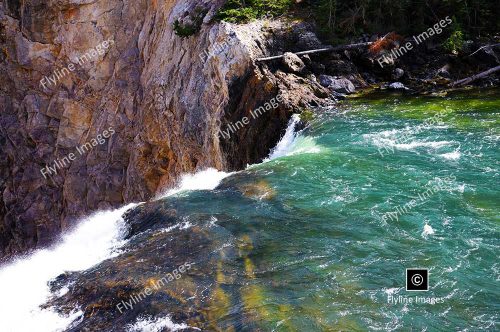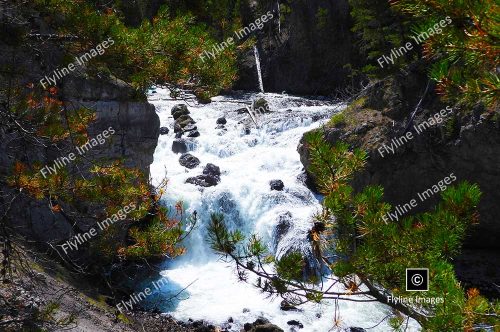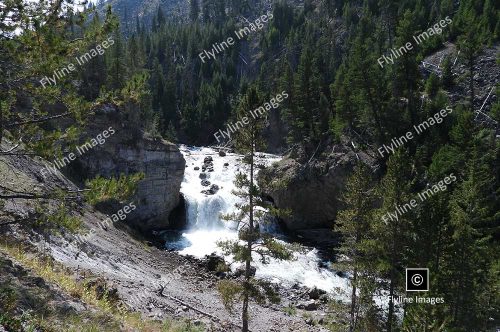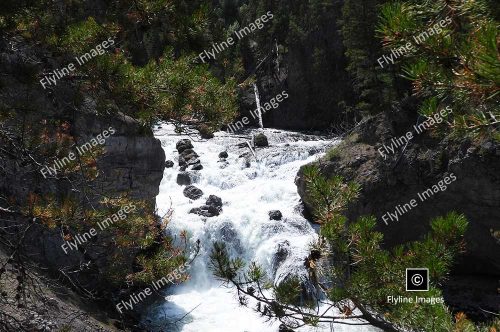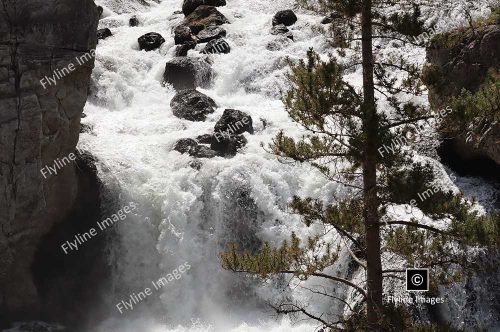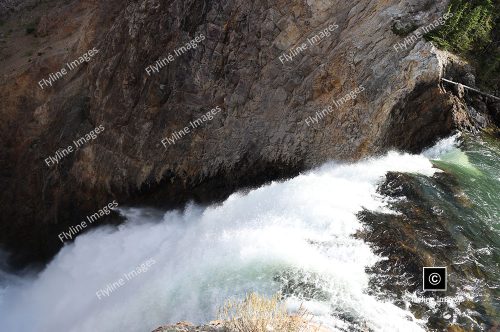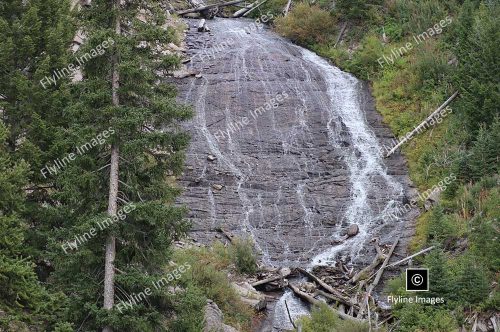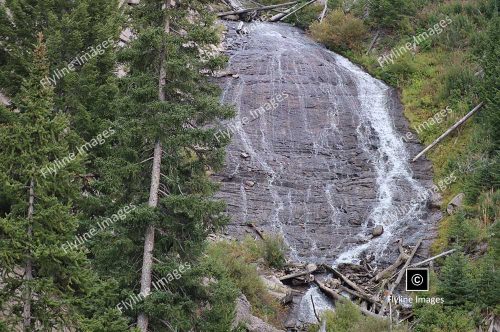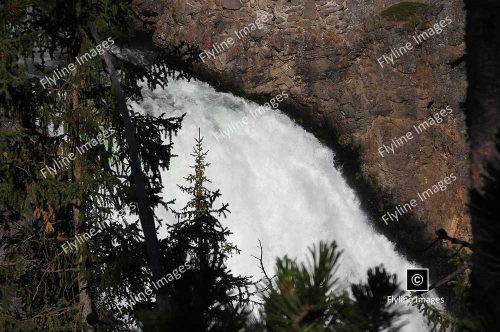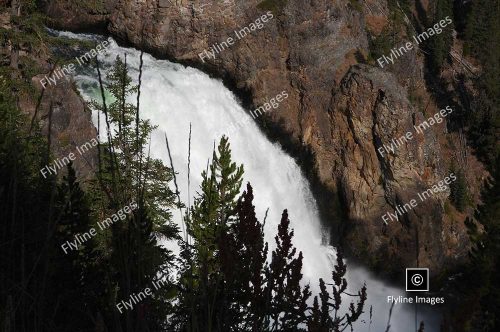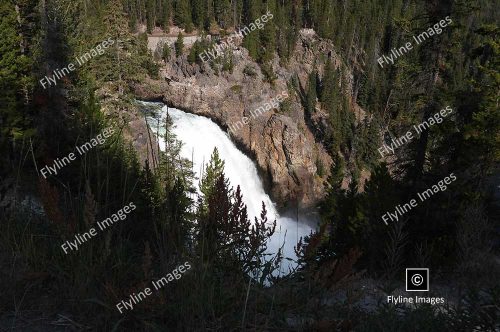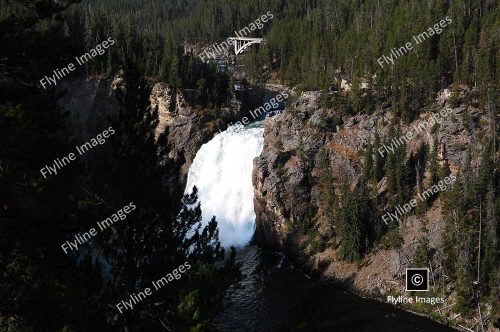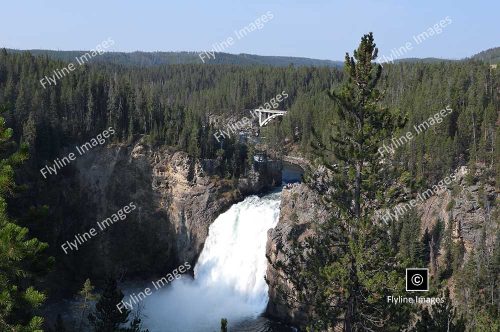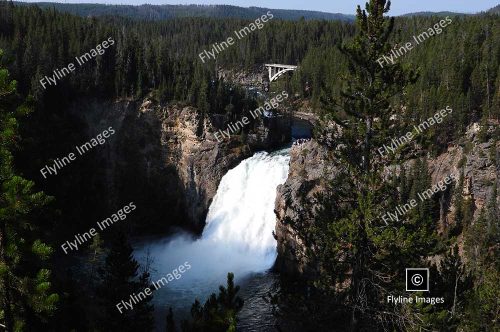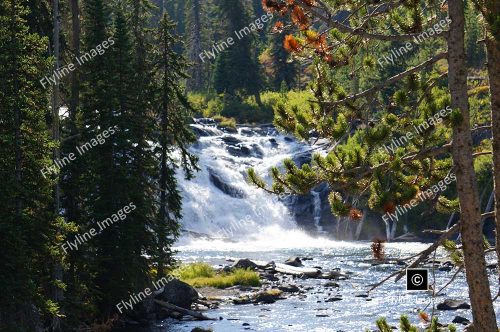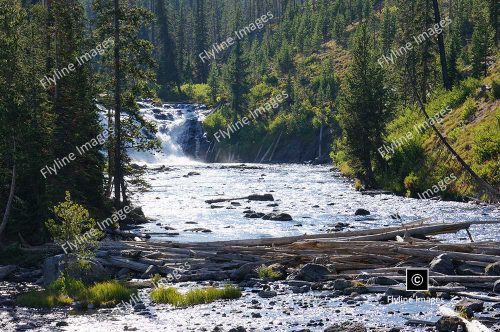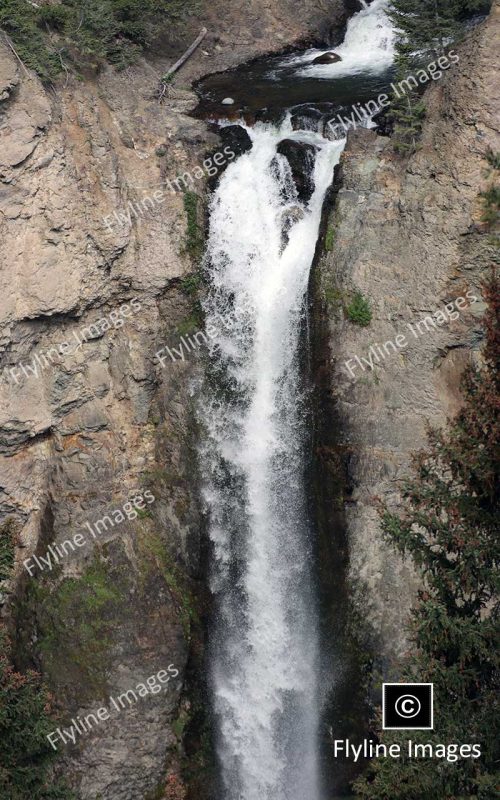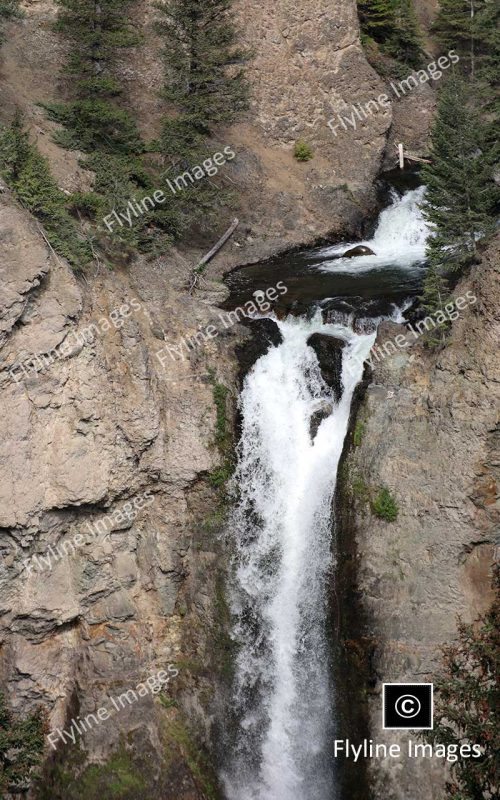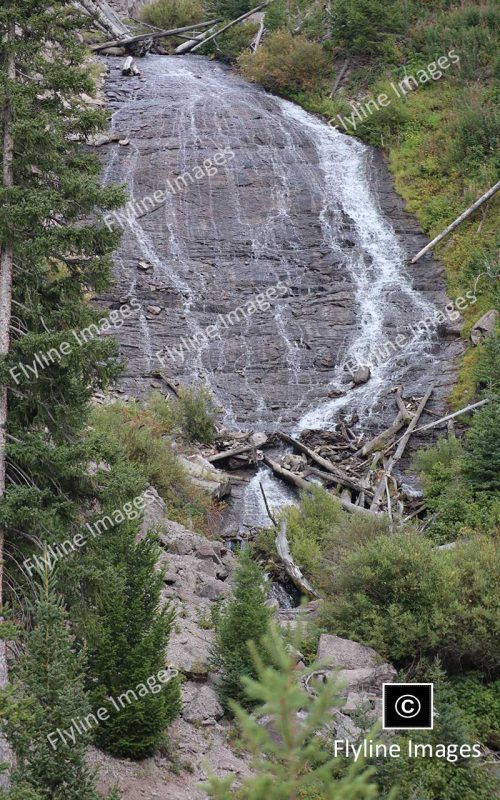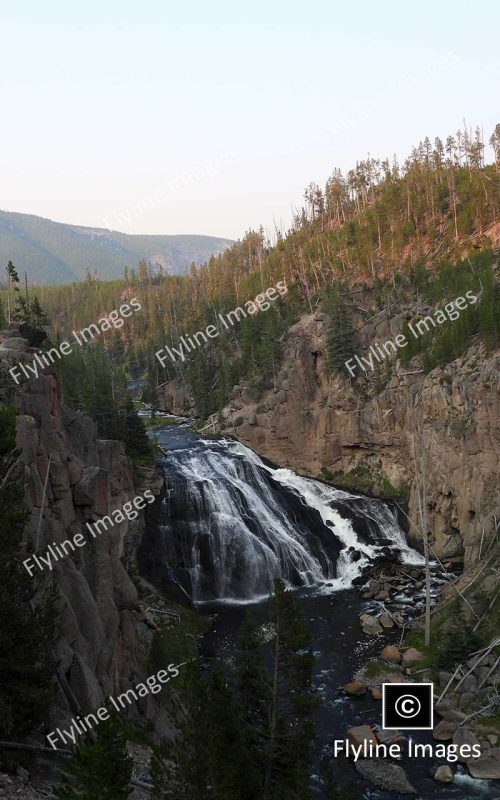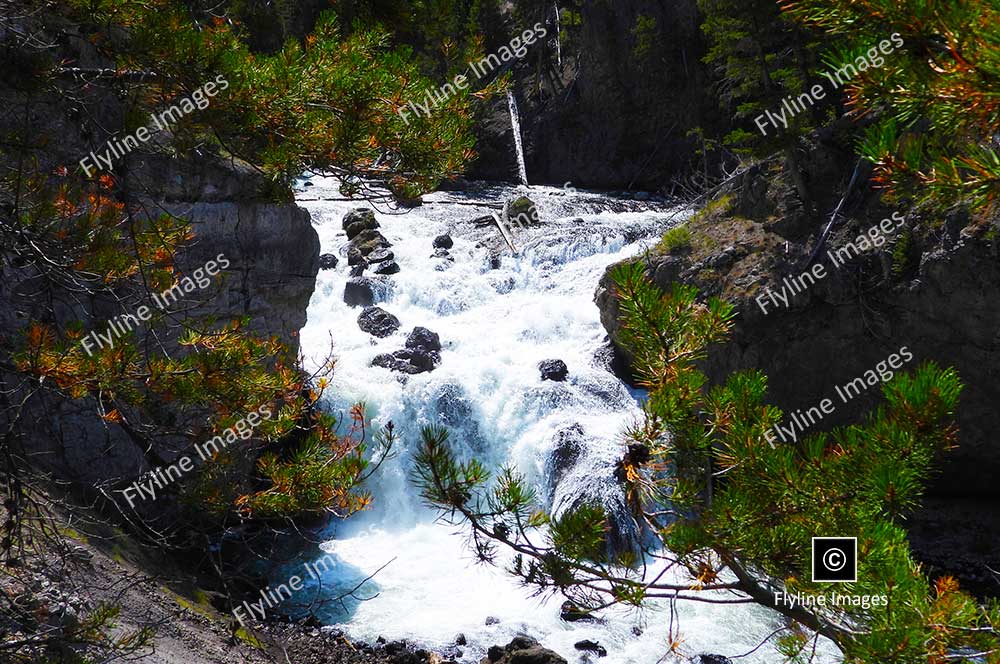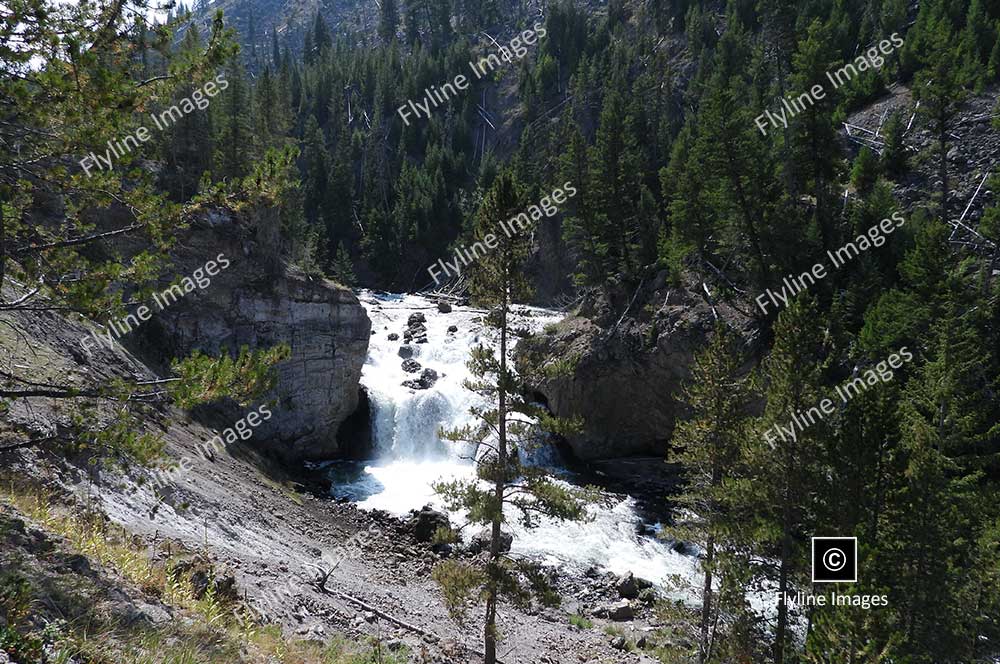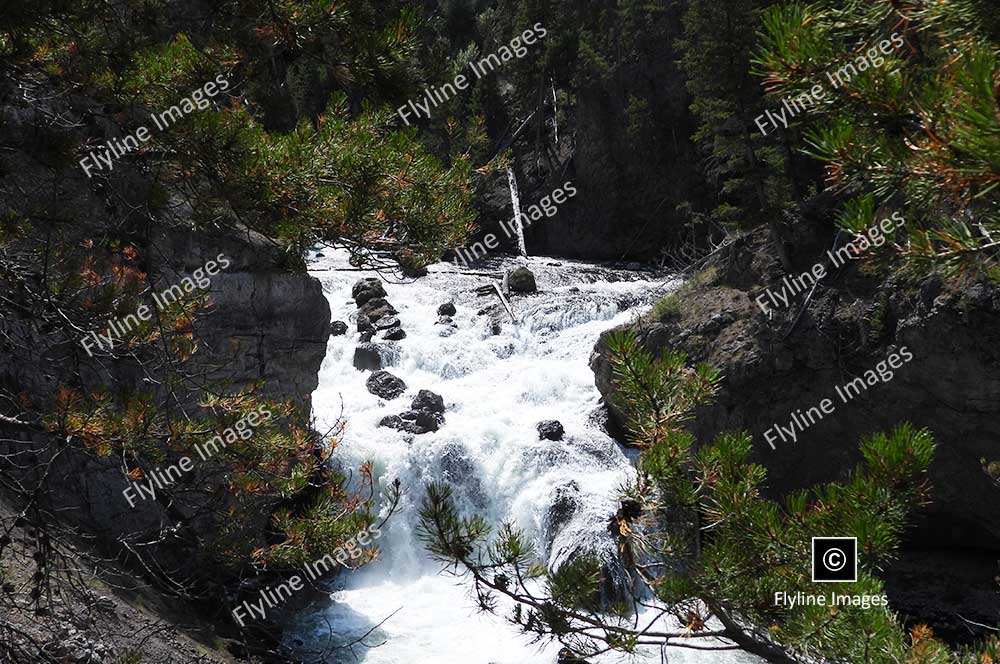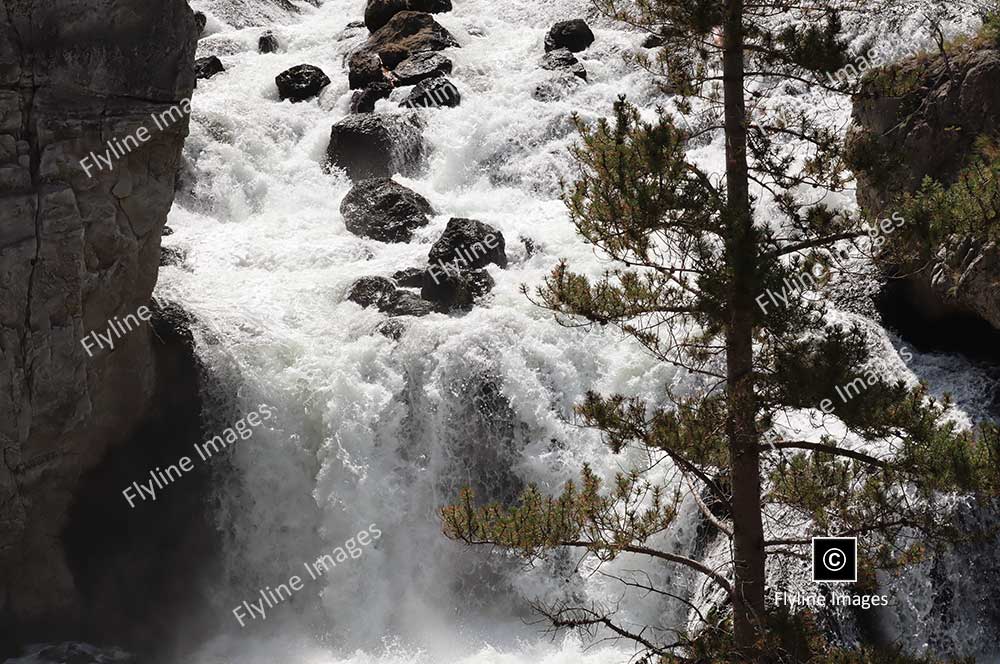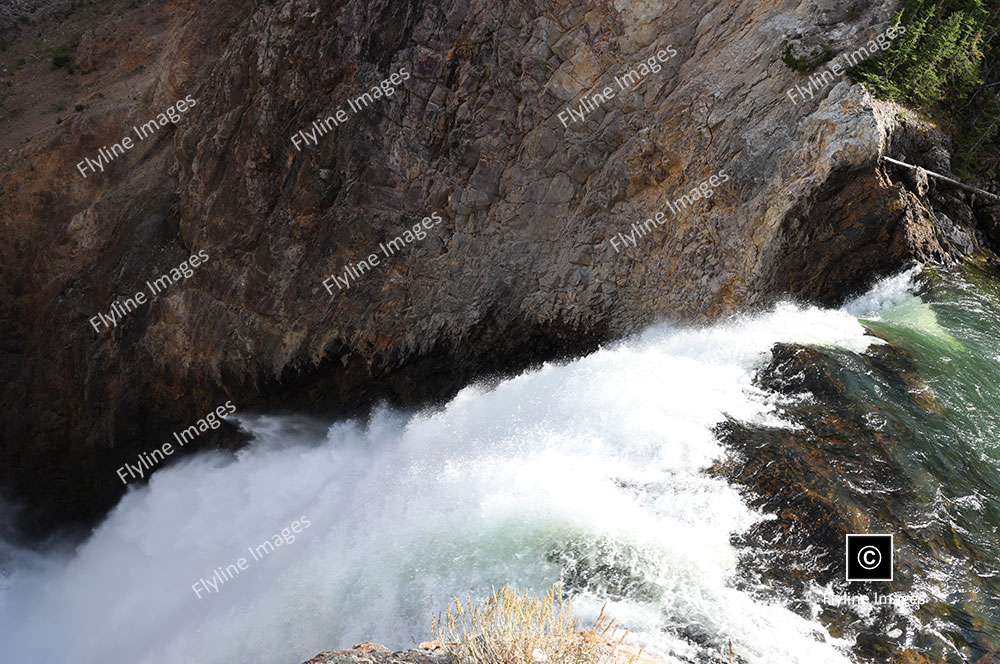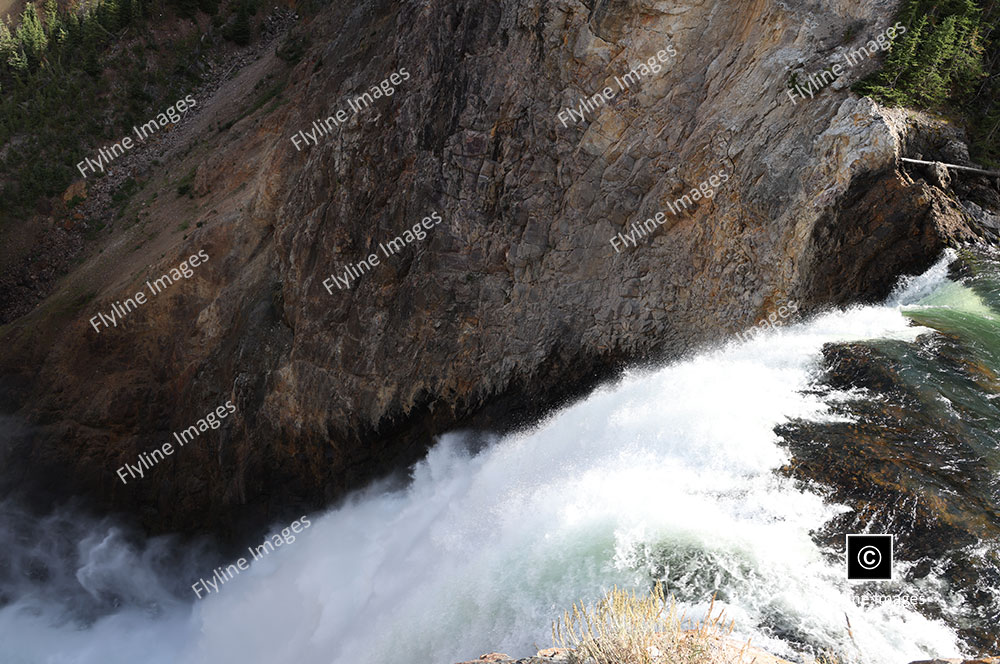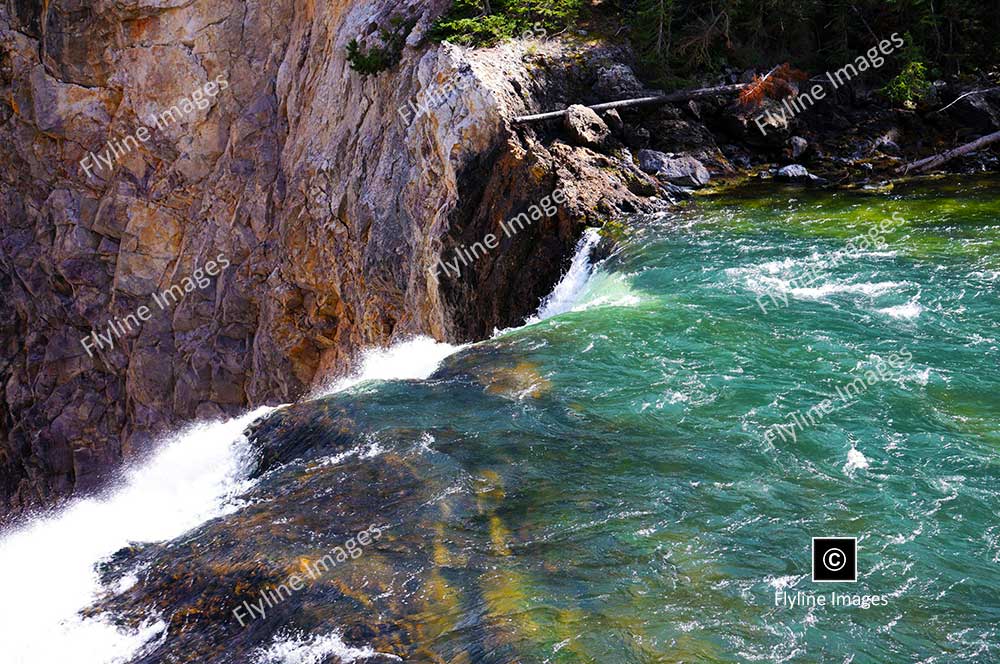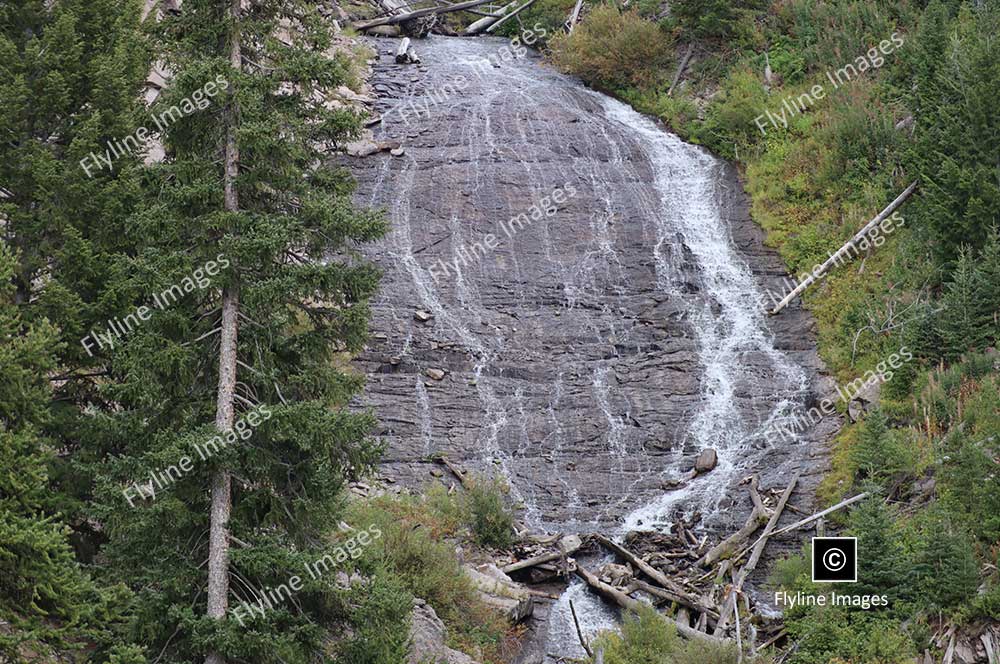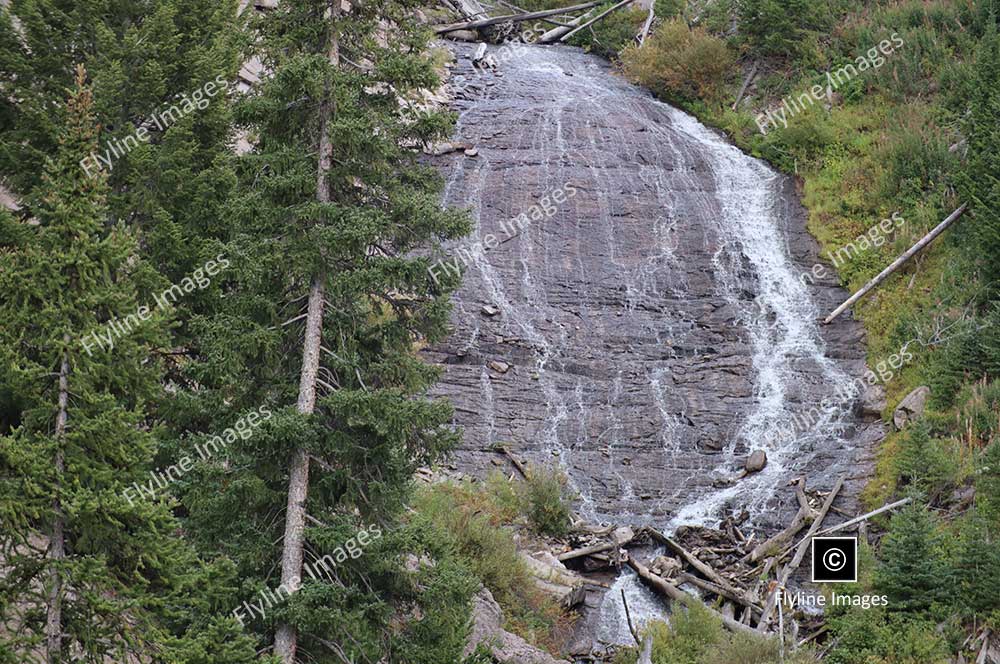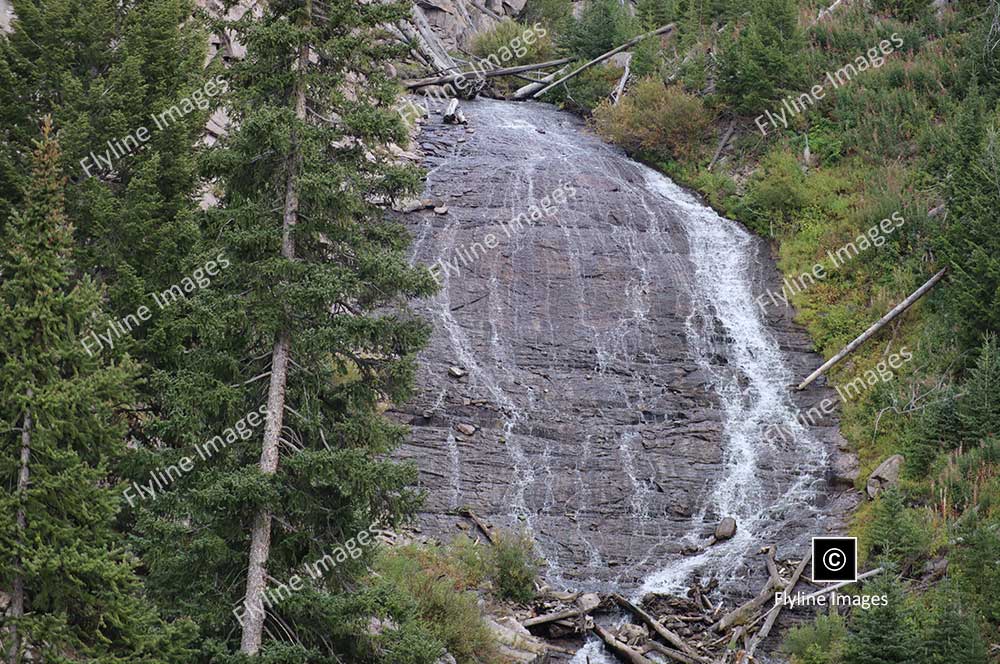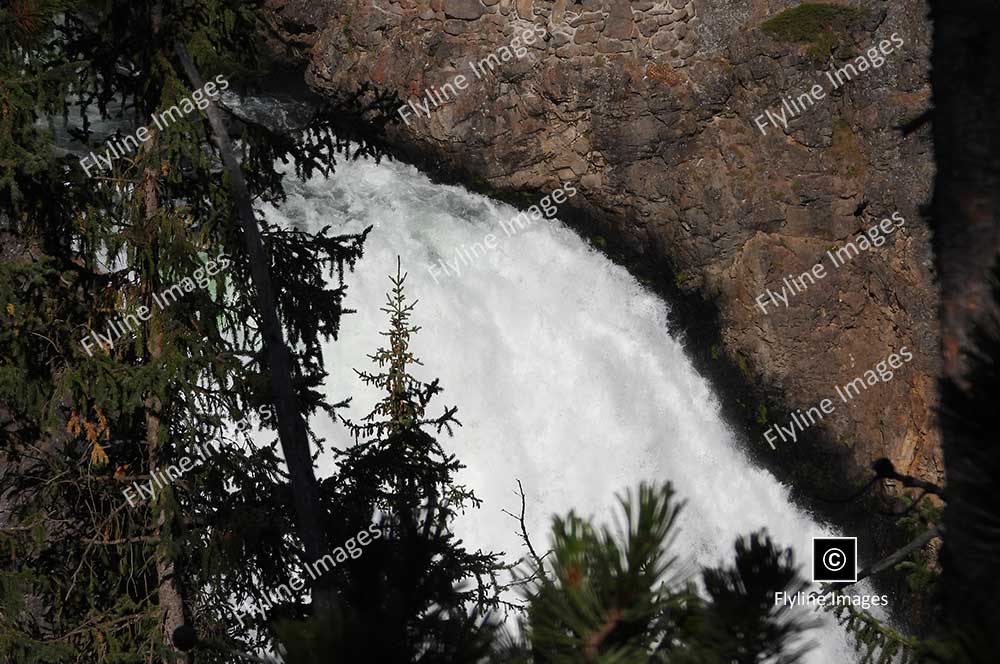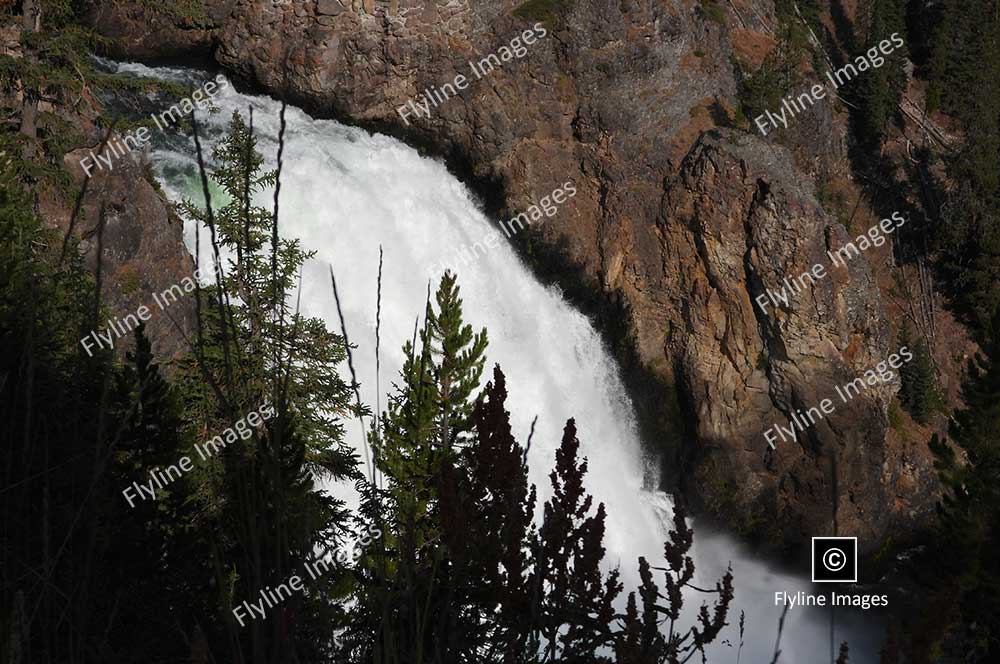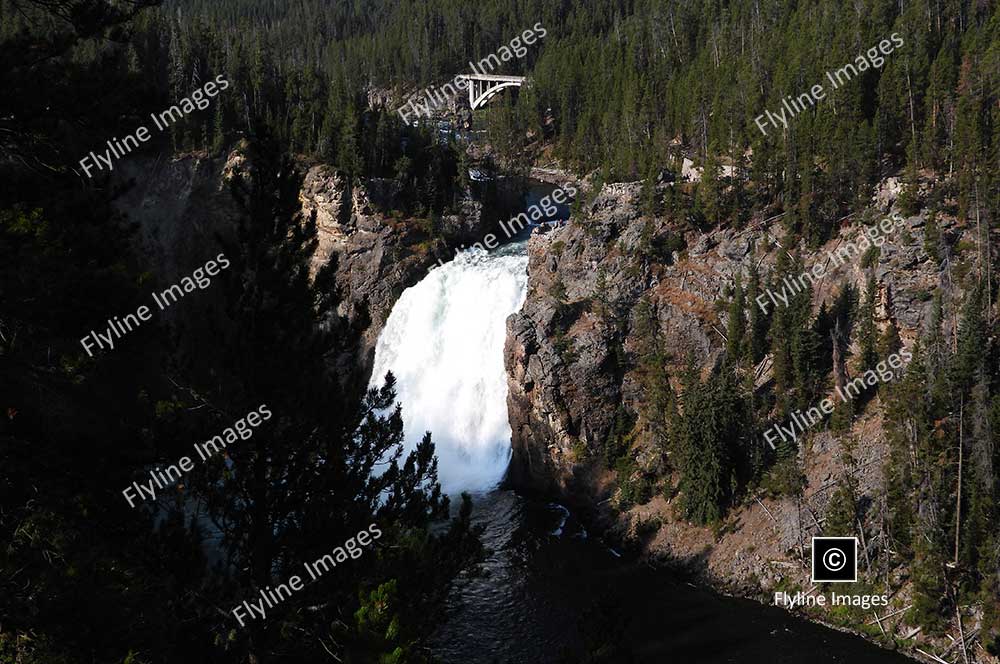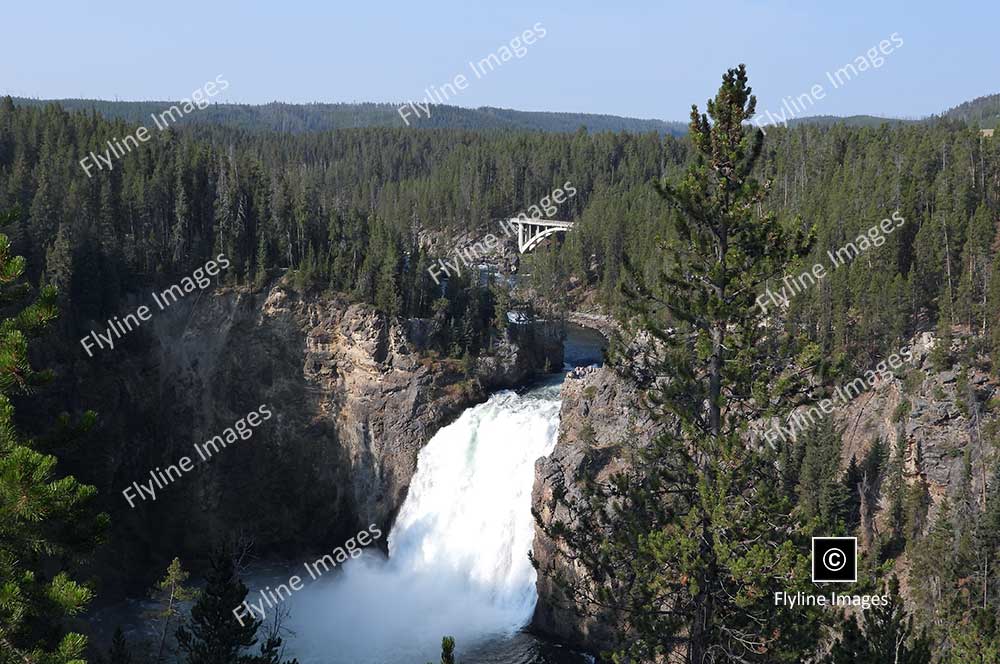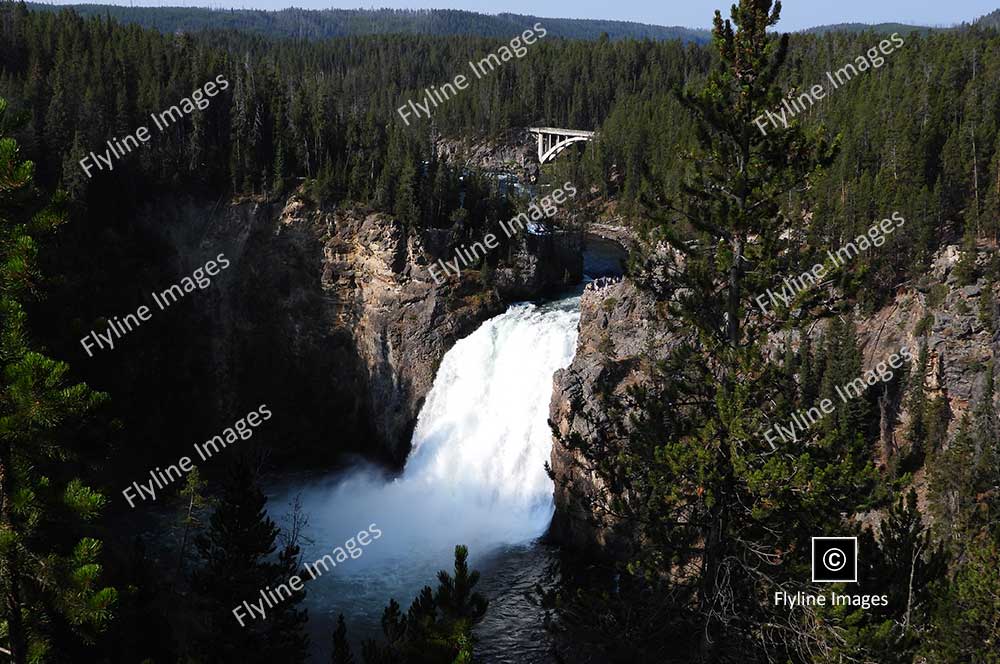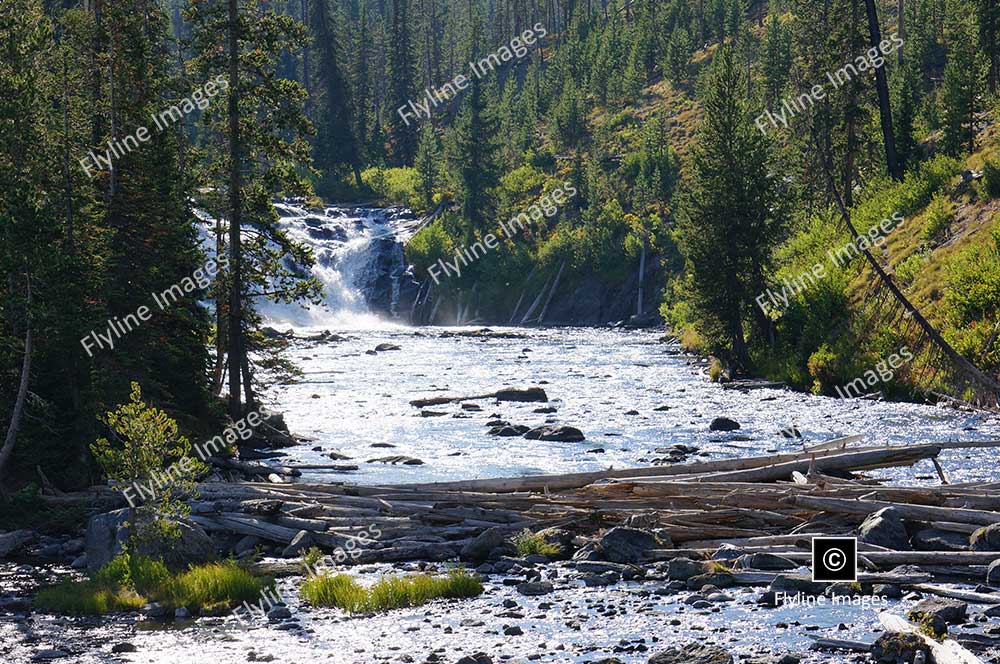Yellowstone Waterfalls
The Park Features More Than 300 Waterfalls
Yellowstone National Park boasts a remarkable collection of waterfalls, showcasing its diverse ecosystems and stunning geological features. With over 300 waterfalls scattered throughout the park, these natural wonders range from the majestic Lower Falls of the Yellowstone River, which plunges 308 feet, to the smaller yet equally enchanting Gibbons Falls. Each waterfall contributes to the park’s breathtaking landscapes, drawing countless visitors each year who come to marvel at their beauty and the surrounding wilderness. The dynamic interplay of water, rock, and rich biodiversity makes Yellowstone a unique treasure within the national park system.
Portrait Style Images
More About Waterfalls In Yellowstone National Park
Some of the most popular waterfalls in Yellowstone include the Upper Falls and Lower Falls, both located within the Grand Canyon of the Yellowstone. The canyon itself is a breathtaking sight, with its vibrant colors and rugged cliffs carved by the powerful force of the Yellowstone River. The Upper Falls drops 109 feet and is known for its stunning rainbow displays on sunny days, while the picturesque Lower Falls offers multiple viewpoints for visitors to enjoy.
In addition to these major attractions, there are also many lesser-known waterfalls that offer a more secluded and intimate experience. For example, Mystic Falls can be reached via a 1.2-mile hike through lush forests and features a beautiful cascading waterfall surrounded by colorful wildflowers. Fairy Falls is another hidden gem that requires a slightly longer hike but rewards visitors with its scenic beauty and the opportunity to cool off in its refreshing pool at the base.
Aside from their aesthetic appeal, waterfalls also play an important role in maintaining the park’s delicate ecosystem. They provide crucial habitats for species such as fish, amphibians, and various aquatic insects. The constant flow of water also helps regulate temperature and oxygen levels in streams and rivers, sustaining a diverse array of plant life along their banks.
The best time to see waterfalls in Yellowstone is during the spring when snowmelt increases the volume of water flowing through the park’s rivers and streams. However, some may be more accessible during the summer months when hiking trails are clear of snow. And for those who prefer a winter wonderland experience, some waterfalls can also be seen frozen during the colder months.
Yellowstone National Park is not just home to iconic geysers and wildlife, but also boasts an impressive collection of waterfalls that add to its natural splendor. Whether you’re seeking adventure or a peaceful escape into the great outdoors, these magnificent waterfalls will surely leave a lasting impression and remind us of the awe-inspiring power of nature. So next time you visit Yellowstone, make sure to include some waterfall sightings in your itinerary for a truly unforgettable experience. Some other notable waterfalls in Yellowstone include Tower Fall, a 132-foot plunge located in the northern part of the park, and Lewis Falls, a picturesque cascade found along the Lewis River. No matter which waterfall you visit, each one offers a unique perspective on the beauty and diversity of Yellowstone.
In addition to their natural allure, waterfalls also hold cultural significance for indigenous communities who have lived in the area for thousands of years. Many Native American tribes view waterfalls as sacred places where spirits reside and perform rituals to honor them. It’s important for visitors to respect these cultural traditions and leave no trace when exploring these sites.
Yellowstone National Park’s waterfalls are not only beautiful but also essential to maintaining its delicate balance of ecosystems. They serve as a reminder of the park’s rich history and continue to captivate visitors, making them an integral part of the Yellowstone experience. So next time you visit, take some time to appreciate these natural wonders and their significance in this incredible national treasure. Overall, waterfalls are just one of many features that make Yellowstone National Park a truly unique and magnificent destination for nature lovers and adventure seekers alike. There is always more to discover in this vast and diverse park, whether it be through its breathtaking landscapes or its fascinating geological formations. As we continue to protect and preserve our national parks for future generations, let us also remember to appreciate the wonders that make them so special – like the stunning waterfalls of Yellowstone.
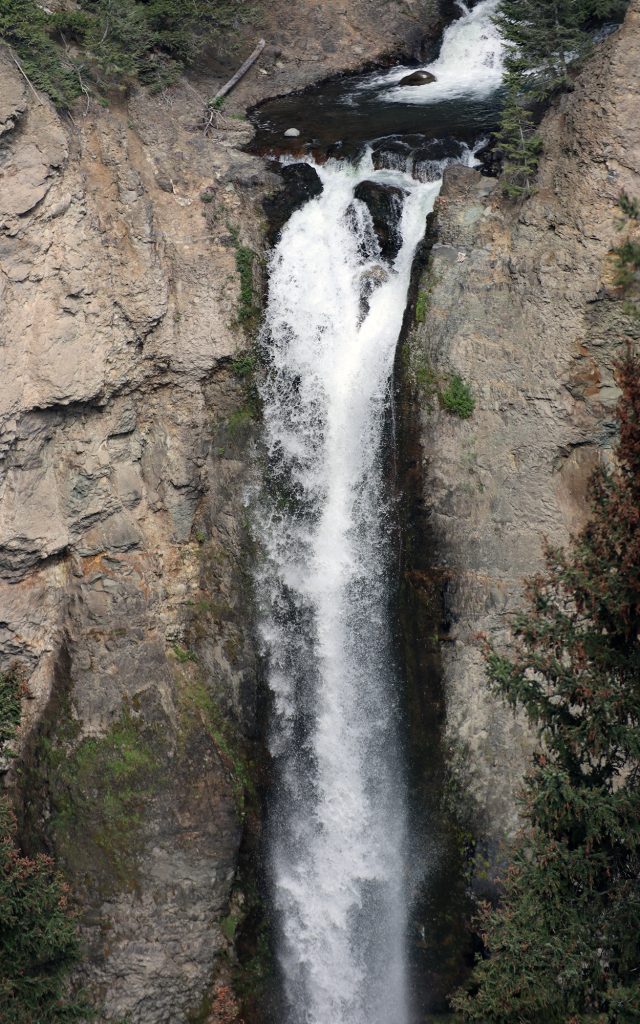 Here is a list of some of the better known waterfalls in Yellowstone National Park:
Here is a list of some of the better known waterfalls in Yellowstone National Park:
- Lower Falls – The most famous waterfall in the park, plunging 308 feet into the Grand Canyon of the Yellowstone. It can be viewed from several overlooks along the Canyon Rim Trail, or you can take a hike down to the base of the falls for an up close and personal experience.
- Upper Falls – Located just upstream from Lower Falls, this waterfall drops 109 feet into the Yellowstone River. The brink of Upper Falls is easily accessible via a short walk from either Uncle Tom’s Trail or North Rim Trail.
- Tower Fall – This picturesque waterfall drops 132 feet over a columnar basalt formation known as “The Towers.” It is located in the northern section of the park and can be accessed by a short hike from Tower Fall Campground.
- Moose Falls – Named after the nearby Moose Creek, this waterfall is often overlooked by visitors but is definitely worth a visit. It drops 30 feet into a deep pool and can be accessed from a short trail near South Entrance Road.
- Fairy Falls – A popular hiking destination, this waterfall cascades down 197 feet into a tranquil pool surrounded by lush forests. The hike to Fairy Falls is approximately 5 miles roundtrip and begins at the Fairy Falls Trailhead near Midway Geyser Basin.
- Firehole Falls – Located on the Firehole River, this waterfall drops 40 feet into a deep pool and is surrounded by lush forests and wildflowers. It can be accessed by a short hike from the Grand Loop Road near Old Faithful.
- Undine Falls – This beautiful waterfall drops 60 feet into a narrow canyon and can be viewed from an overlook along Undine Falls Road. It is located in the northern section of the park near Mammoth Hot Springs.
- Union Falls – One of the tallest waterfalls in Yellowstone National Park, Union Falls drops a total of 260 feet over two tiers. It can be reached via a rigorous 15-mile roundtrip hike or by horseback from Bechler Ranger Station.
- Gibbon Falls – Situated along the Gibbon River, this waterfall cascades over a 84-foot drop. It is easily accessible from the Grand Loop Road near Madison Junction and is a popular spot for picnics.
- Rustic Falls – This small but charming waterfall can be found along the Old Gardiner Road, just south of Mammoth Hot Springs. It drops 40 feet over a rocky cliff into a pool below and can be viewed from a roadside pullout.
- Mystic Falls – A beautiful 70-foot waterfall located near the Biscuit Basin area within the park. It can be accessed via a 2.4-mile roundtrip hike through scenic forests and meadows.
- Lewis Falls – A 120-foot waterfall along the Lewis River, known for its picturesque setting. It can be accessed from the Lewis River Falls Trailhead near the South Entrance of the park.
- Silver Cord Cascade – A stunning series of cascading waterfalls along Silver Cord Creek, located in a remote and rugged area of the park accessible only by backcountry hiking or horseback riding.about 50 feet high, located in the heart of the park.
- Cottonwood Falls – A lesser-known waterfall, approximately 30 feet tall, nestled in the scenic landscapes of Yellowstone. It can be reached via a short hike from the Old Faithful area.
- Whirlpool Falls – An impressive waterfall with a unique swirling appearance, located along Cascade Creek in the Canyon Village area of the park. It can be accessed via a moderate 3-mile roundtrip hike.The Cascades – Located on the Firehole River, this series of small waterfalls and cascades is a popular spot for swimming and picnicking during the summer months. It can be reached by hiking from Biscuit Basin or by driving along Firehole Lake Drive.
In addition to these well-known waterfalls, there are hundreds of other waterfalls scattered throughout Yellowstone National Park. Many of them can be discovered by taking a hike on one of the park’s many trails or simply by exploring off the beaten path. These waterfalls not only provide stunning views and photo opportunities, but they also serve as important habitats for a variety of plant and animal species.
It is important to remember that while these waterfalls may be beautiful and mesmerizing, they are also powerful and dangerous. Visitors should always exercise caution when viewing or hiking near waterfalls, as rocks may be slippery and currents can be strong. It is recommended to stay on designated trails and overlooks, follow all posted signs and warnings, and never climb or jump from waterfalls.
These waterfalls contribute to the park’s breathtaking natural beauty, offering stunning views for hikers and visitors alike. They are a reminder of the raw power and splendor of nature, and serve as an important reminder to protect and preserve these natural wonders for future generations to enjoy. So next time you visit Yellowstone National Park, be sure to take some time to seek out and admire these remarkable waterfalls – you won’t be disappointed. # No termination phrase needed here as we can continue discussing more about the waterfalls in Yellowstone National Park.
One interesting fact about these waterfalls is that they are not only sources of beauty but also vital for the ecosystem. The constant flow of water from the falls provides essential nutrients for plants and animals living near them. In addition, many species like fish, birds, and insects rely on the waterfalls for migration and breeding purposes.
In recent years, there has been a growing concern about preserving these natural wonders. Due to climate change and human impact, some of these waterfalls are at risk of disappearing or losing their flow. The National Park Service has implemented measures to protect and preserve these falls, such as monitoring water levels and controlling human access to sensitive areas.


